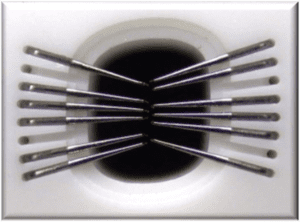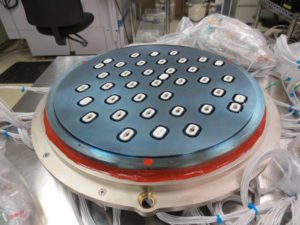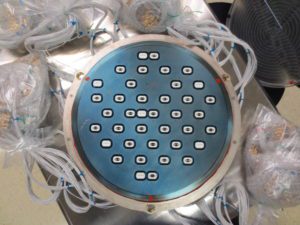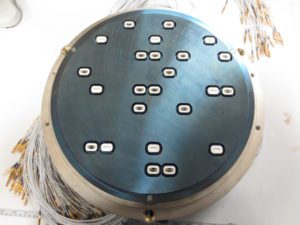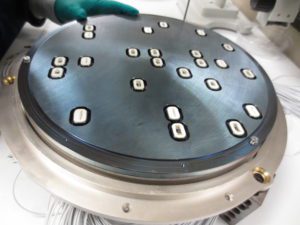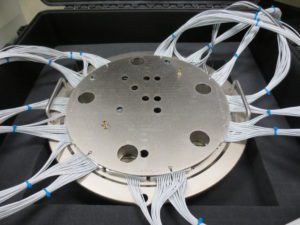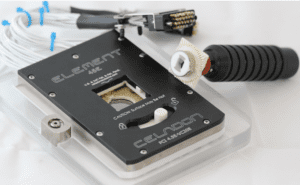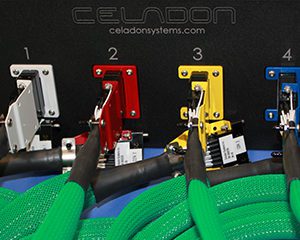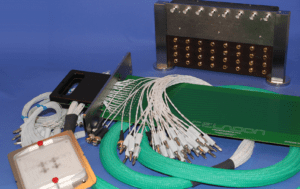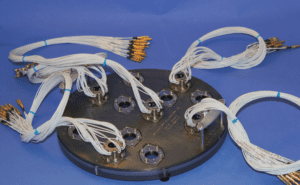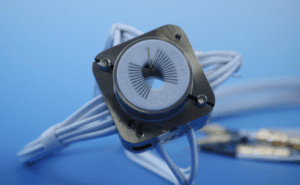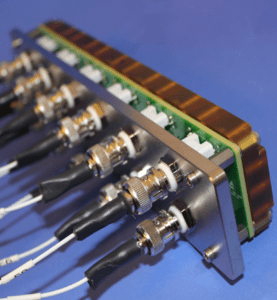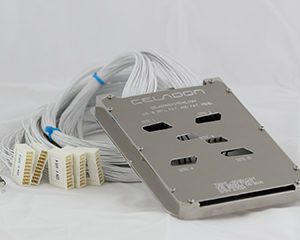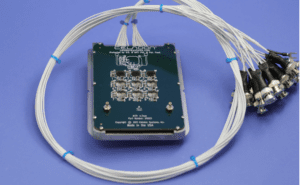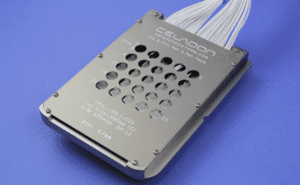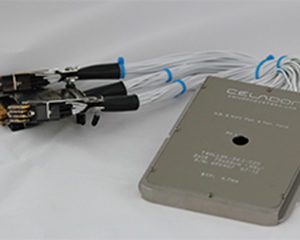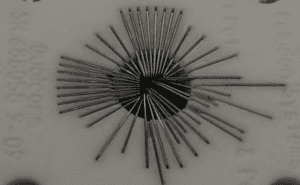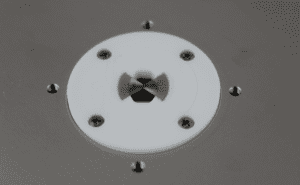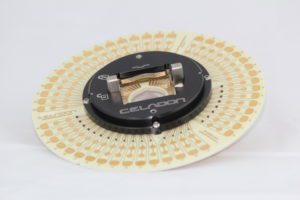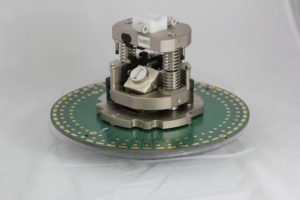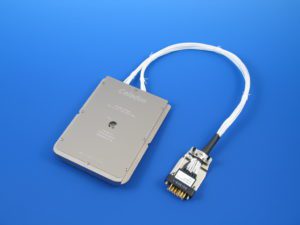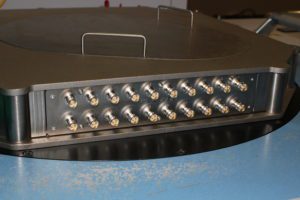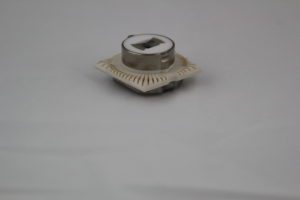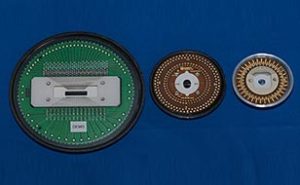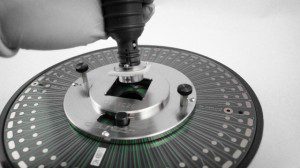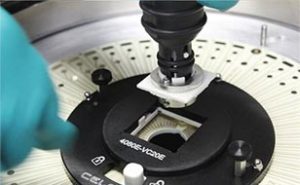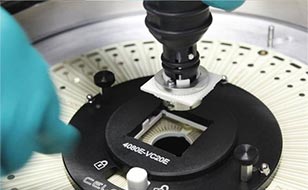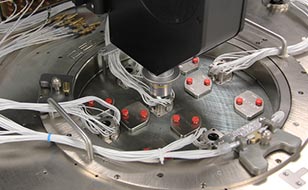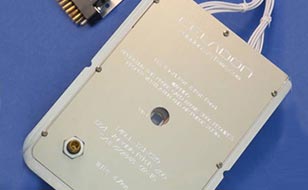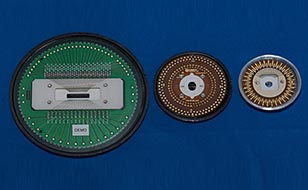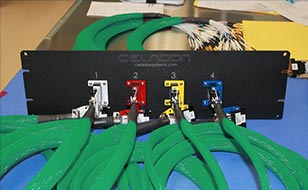

Science experiments in historic cold
On January 6th, it was the coldest day in Minnesota since 1996. What did we do? Naturally, we went outdoors to conduct a few experiments!
[video_youtube video_id=”vmQWrUybCDM”]
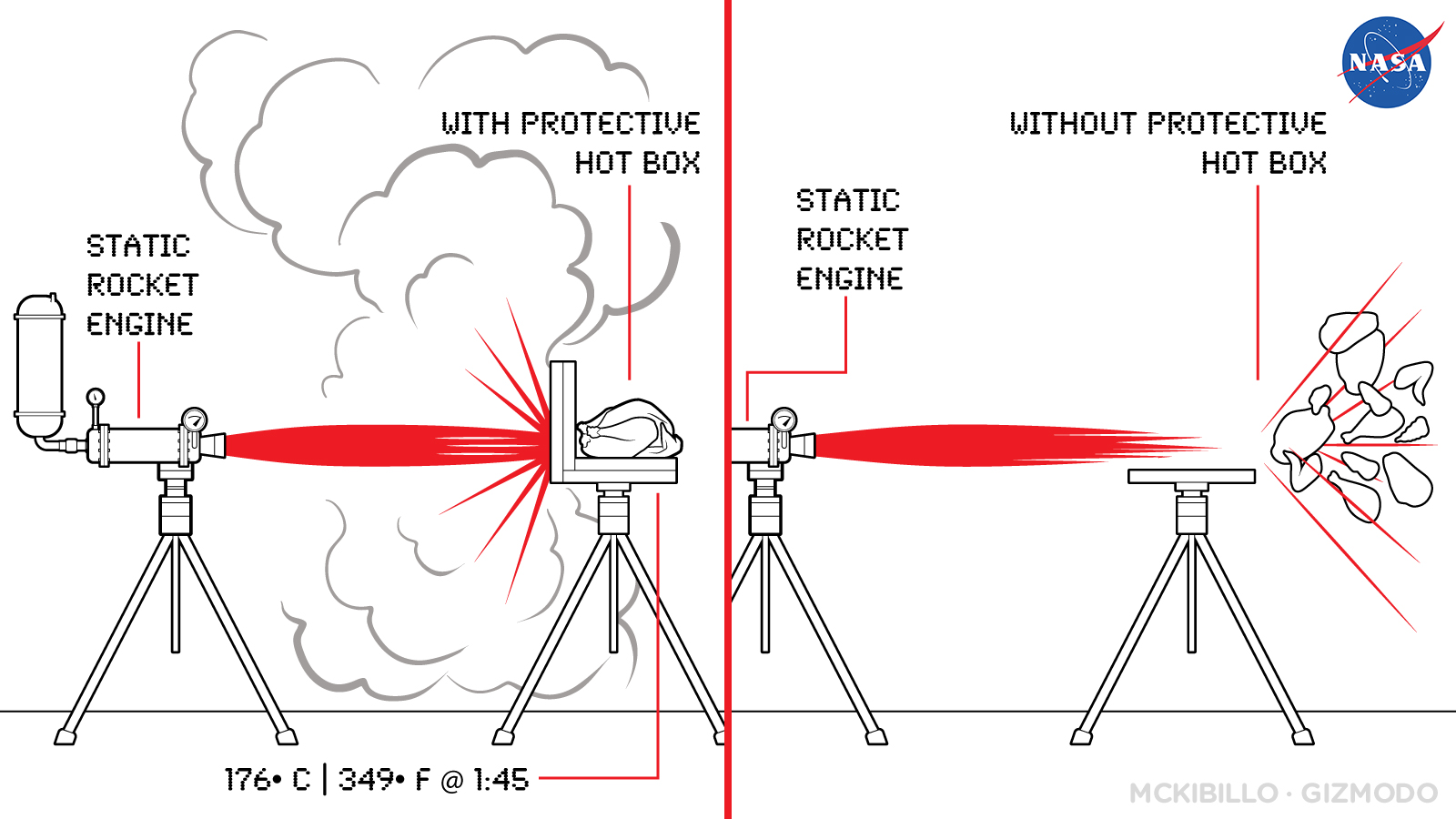

How NASA (could) cook a turkey
It’s almost Thanksgiving, which means our US office will be closed for a long weekend and many of us will be cooking a turkey.
Most of us will use an oven, but since we’re engineers, we wonder: how would NASA cook a bird? The writers at Gizmodo asked, and they received four simple to understand, but difficult to execute ideas. Take a look here!
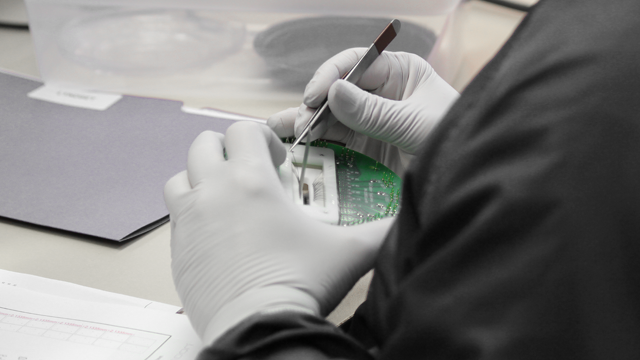

North American Semiconductor Equipment Industry September 2012 Book-to-Bill Ratio 0.81
According to a report by SEMI.org, the September book-t0-bill ratio for semiconductor equipment was at 0.81.
Bookings are 12% lower than the previous month, but almost 3% higher than the same period from 2011.
Although the book-to-bill level has dropped steadily throughout the year, Intel’s recent earnings were better than expected – do you think billings will continue to slide, or is the industry poised for a bounce back?
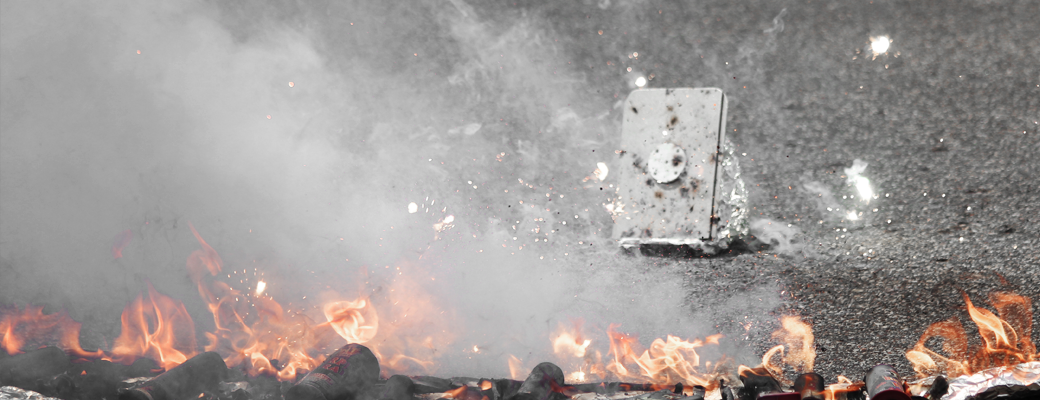

Shooting fireworks at a probe card – again
Last year, we tried shooting a few fireworks at a probe card to show how tough it was. We thought that test went okay, but we thought it would be fun to use a little more fire power.
So we picked up a box of 45 various (Minnesota legal) fireworks, lined them off, and lit our kludged fuse. This is what happened.
Embedded below for viewers outside of the US.


Destroying Probe Cards
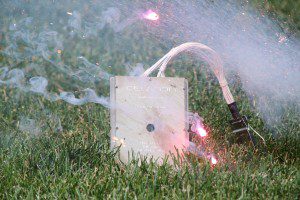

As you can see above, we shot fireworks at one of our cards – it survived handily, so we decided we need to do that again, with a lot more fireworks.
Another test that we did was taking an internal connector card and placing it on a barbecue. In a continuous shot (sped up a lot at points), here’s what happened.
So, as you can see from the video, the card survived temperatures that were as hot as 200°C (we didn’t crank the grill up more, because we were also cooking lunch!), and aside from a lot of debris from the grill, the ceramic was intact and the probes were in essentially the same position as they were before.
Are there any other tests you’d like us to do with probe cards? Leave a suggestion in the comments, and we’ll film our favorite ideas!


Significant discussions from IRPS 2011


IEEE General Chair Jim Stathis was happy, especially with the evening poster session hosted at the Monterey Aquarium. “It was encouraging that attendants spent the entire evening of the poster session asking questions from presenters. People could have gone around looking at all the different wings of the aquarium, but the poster floor was crowded right until the end of the night.”
Joe McPherson, who led a reliability tutorial, said the poster session was also a great opportunity to talk with people he hadn’t seen in a while. The evening, and the conference in general, was a “free exchange of ideas.”
As a general chair, Stathis wasn’t able to see many of the presentations, but he was impressed with what he was able to see. “Researchers from TSMC presented a paper, [Re-investigation of Gate Oxide Breakdown on Logic Circuit Reliability], that made some very good arguments that circuit performance isn’t affected by oxide breakdown.” Stathis said it was gratifying to see other researchers expanding on his 2001 paper, “Physical and Predictive Models of Ultrathin Oxide Reliability in CMOS Devices and Circuits.”
“Breakthroughs don’t come every year,” said McPherson. One idea that intrigued him, though, was the idea that in NBTI, traps may be pre-existing in gate oxide instead of being a result of the silicon-hydrogen bond breaking. “No-one’s sure if it’s true, but the old model is one we’ve been using the last decade or so, and we’ll see how it sorts out over the next few years.”
Breakthroughs may not come every year at IRPS. But at the Celadon booth, cookies do.
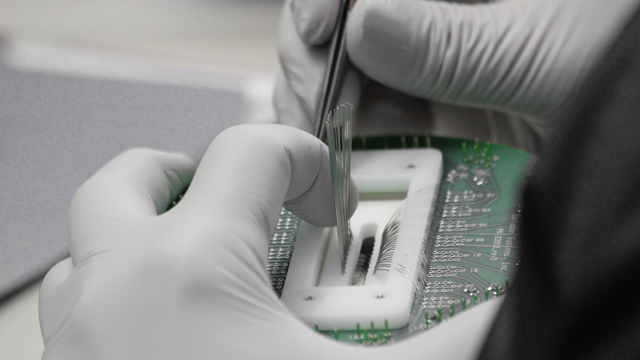

Celadon featured in Dakota County Tribune
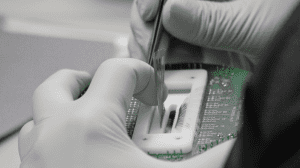

Luckily, though, in the past three weeks we’ve attended job fairs at the University of Minnesota and at the Lockheed Martin-sponsored event at the Eagan Community Center, and have met a lot of people with strong yet diverse engineering backgrounds. As we continue to grow both domestically and internationally, we’ll keep posting new jobs on our careers page and on our Twitter feed.
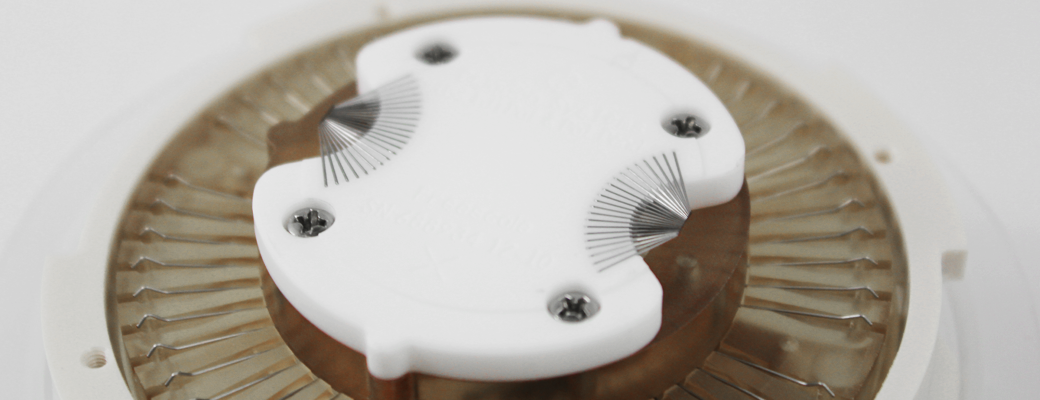

Celadon designs two-site parametric probe card
The real fun of engineering is when we’re given the opportunity to push the boundaries of what we’ve come to think of as normal. Recently, one of our customers, who was already using our VersaCore™ production parametric probe cards,…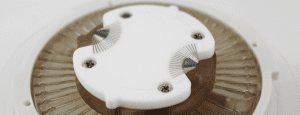

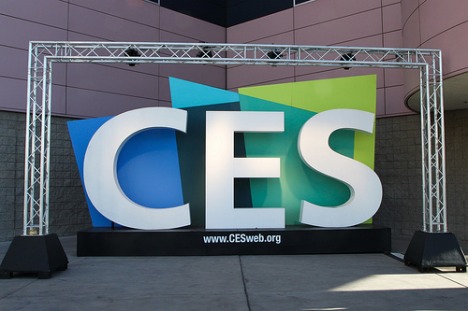

Takeaway from CES 2011


As EE Times alluded to, the rapidly-expanding market of tablet computers akin to the iPad, along with smartphones of every shape and size imaginable, the demand for wireless transmitters and receivers, especially ones that can handle high-bandwidth media and allow seamless interaction with other devices, is where the real future for consumer electronics lays. As with any consumer, or for that matter, industrial, product, the race is on for the fastest, smallest, and cheapest wireless chips.
It’ll be exciting to see how that market grows, and how different companies tackle the challenges, and in turn, how we’ll grow to meet any new challenges in semiconductor testing. Who knows – our probe cards may never be wireless themselves, but we know some of our customers are already using tablets to review their test results in their laboratories.


